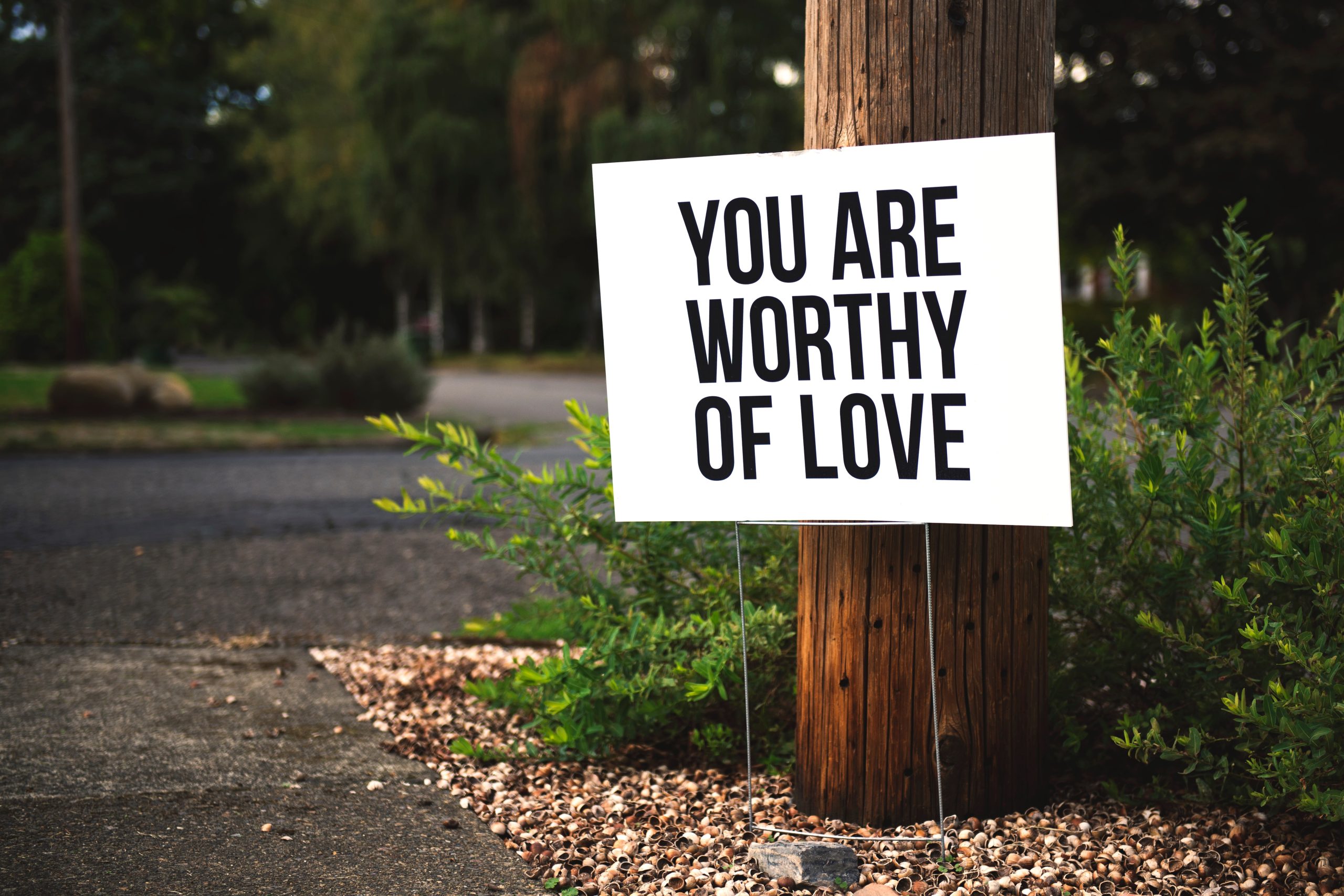The Moon in Irish Mythology: A Celestial Guide to Ancient Irish Beliefs
The moon has been an enigmatic presence in the night sky, captivating and inspiring various cultures throughout history. Irish mythology is no exception, as the moon holds a significant place in the rich tapestry of ancient Irish beliefs. From its association with lunar deities to its role in Celtic rituals and folklore, the moon has woven its ethereal threads into the very fabric of Irish culture. In this blog post, we will delve into the captivating world of the moon in Irish mythology, exploring its symbolism, mythological connections, and cultural importance.
The Symbolism of the Moon in Irish Mythology
In Irish mythology, the moon symbolizes numerous aspects, ranging from femininity and fertility to transformation and the passage of time. Seen as a celestial guide, the moon was believed to influence the cycles of life and the natural world. Its phases were considered markers of both personal and collective change, deeply intertwined with the ebb and flow of Irish culture. Let us now explore some of the key figures and stories that showcase the moon’s significance in Irish mythology.
1. Arianrhod: The Silver Wheel of the Moon
Arianrhod, a prominent figure in Welsh and Irish mythology, embodies the moon’s transformative energy. In Irish mythology, she is associated with the moon’s phases, as the goddess of fertility and rebirth. Arianrhod is often depicted as the guardian of the silver wheel, which represents the moon’s journey through the night sky. She symbolizes the ever-changing nature of life, both in the physical and spiritual realms.
2. Manannán mac Lir: The God of the Sea and the Moon
Manannán mac Lir, the Irish sea deity, is another important figure connected to the moon in Irish mythology. As a shape-shifter and guardian of the Otherworld, Manannán is often associated with the moon’s mystique. In ancient tales, he was known to navigate the seas during full moons, reflecting his connection to the moon’s powerful influence over the tides. Manannán mac Lir represents the cyclical nature of life, embodying the ever-changing aspects of the moon.
3. The Children of Lir: A Tale of Transformation
The myth of the Children of Lir, one of the most poignant stories in Irish mythology, incorporates the moon’s transformative symbolism. In this tale, Lir’s four children are turned into swans by their jealous stepmother, Aoife. As a result, they spend nine hundred years in exile, circling Ireland’s lakes and rivers. Their final transformation into humans occurs when a bell tolls, signifying the fulfillment of a prophecy. The story of the Children of Lir represents the moon’s power to bring about profound change and spiritual growth.
The Moon in Celtic Rituals and Festivals
The moon’s significance in Irish mythology is not limited to its symbolic associations. It plays a vital role in Celtic rituals and festivals, where ancient Irish communities embraced its energy for various purposes.
1. Celtic Calendar and Moon Phases
The Celts had a deep understanding of the moon’s influence on the world around them, incorporating its phases into their calendar. The lunar cycles guided their agricultural activities, religious observations, and social customs. The well-known Celtic calendar system, derived from a complex lunar-based system, divided the year into thirteen lunar months, with each month corresponding to a specific tree and associated meanings. This lunar calendar highlights the Irish people’s reverence for the moon and their recognition of its impact on their daily lives.
2. Moon-Related Festivals: Samhain and Beltane
Two significant festivals in the Celtic calendar, Samhain and Beltane, were closely linked to the moon and celebrated during specific lunar phases.
Samhain, marking the end of the harvest season, was associated with the full moon. This festival, which inspired the modern-day Halloween, was a time when the veil between the living and the dead was believed to be thinnest. The moon’s luminous presence played a crucial role in guiding and honoring ancestral spirits during Samhain.
Beltane, occurring at the opposite end of the calendar, marked the beginning of summer and was aligned with the new moon. This vibrant celebration welcomed the return of fertility and abundance to the land. The moon’s absence during Beltane represented the potential for new beginnings and the promise of growth.
The Moon in Irish Folklore and Superstitions
Alongside the mythological and ritualistic importance, the moon has also found a place in Irish folklore and superstitions, reflecting the deep-rooted beliefs of the people.
1. Lunar Lunacy and Werewolves
Like many cultures, the Irish associated the full moon with the idea of lunar lunacy. This superstition suggested that the moon’s influence could drive people to madness or transform them into chaotic creatures. The concept of werewolves, beings that transition between human and wolf forms during the full moon, also made its way into Irish folklore. These tales further emphasize the moon’s transformative power, whether in spiritual or physical realms.
2. Moonlit Love and Romance
The moon’s mystique is often intertwined with tales of love and romance in Irish folklore. Many traditional stories feature couples meeting under the moonlight or using moonlit nights as a backdrop for their romantic encounters. The moon’s association with femininity and fertility contributed to these tales, evoking a sense of enchantment and passion.
In Conclusion
The moon’s presence in Irish mythology, rituals, folklore, and superstitions underscores its profound influence on the Irish people’s spiritual and cultural lives. Whether as a symbol of transformation, a guide through celestial cycles, or a source of inspiration for festival celebrations, the moon weaves its ethereal magic throughout the rich fabric of Irish culture. By delving into the captivating world of the moon in Irish mythology, we gain a deeper appreciation for the spiritual significance and enduring legacy of this celestial body on the Emerald Isle.
Table of Contents
